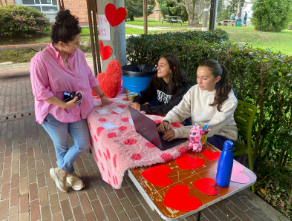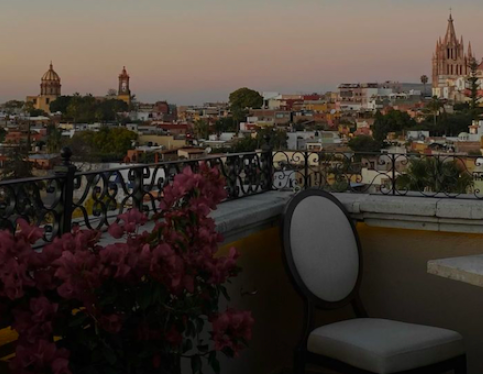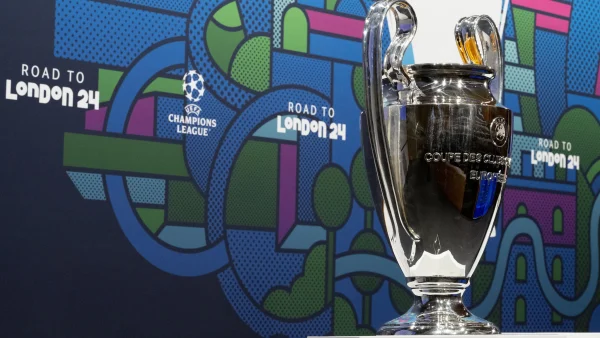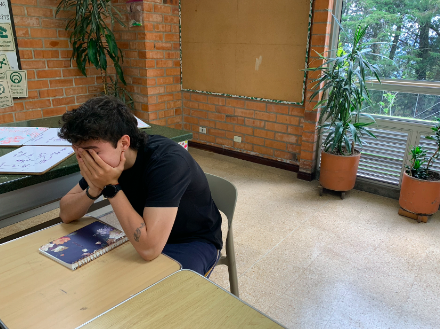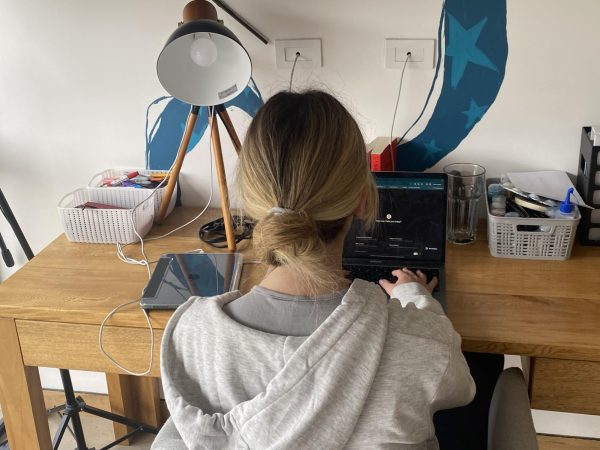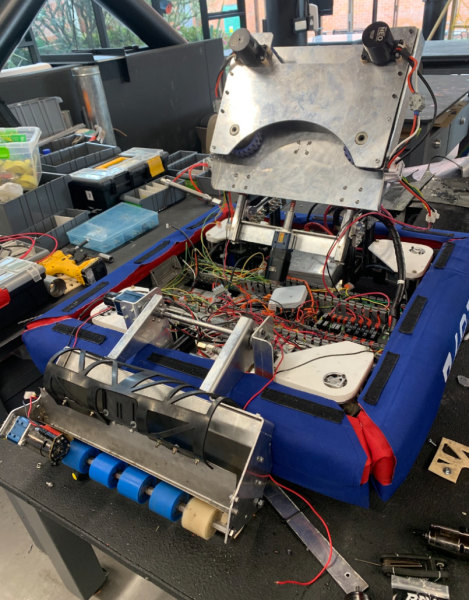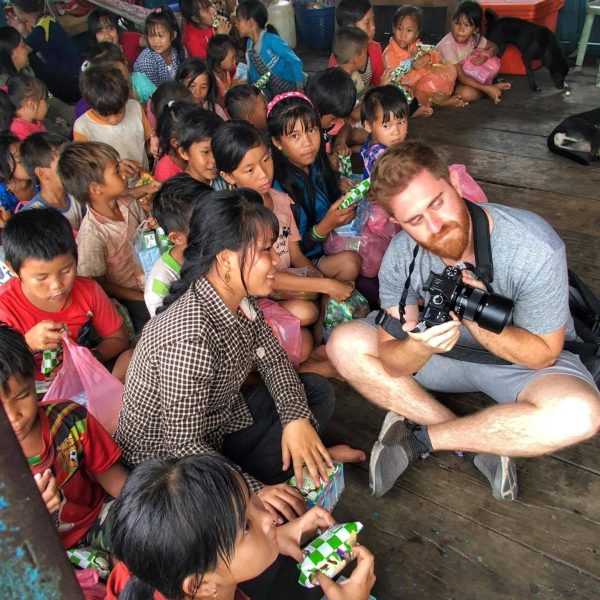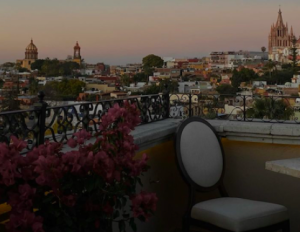Effect of the Coal Mine on People of La Guajira
In Colombia many people are experiencing water problems due to the use that industries give to this resource. Sometimes the water is wasted, or is used at an abusive rate. The Mina del Cerrejon has made many negative ecological impacts to La Guajira, a state located in the north of Colombia. First, it explodes the land and it can potentially cause small earthquakes that begin to crack buildings and send chemicals to underground water. It also takes the water from the main rivers so that the explosions won’t cause a major dust cloud, and the mine even changes the path of rivers so that the access to water is faster. The mine has polluted underground and surface rivers, so now people are lack this source only being able to consume 700 ml of water a day no even knowing if it is clean.
The mine claims to constantly test the water of Rio Rancheria, their main water source to see if the water is getting polluted, but it has been proven otherwise as people are getting sick because of the fluids that they drink along with water. They also say that the government controls their use of water, which is true, but then corruption takes place. The government knows that coal boosts economy and that is the reason why they avoid taking action and actually enforce a law that will ensure that every person in Guajira will have access to clean water whenever they need it.
A few solutions may be considered, but not all will have an effect that will last forever or benefit both the mine and the people. Some solutions could be; reduce explosion rate, give one big bottle of water in return for explosions, make an activist group that makes sure that the water is clean, or use salt water. Reducing the explosion rate would help the community, but it could create a breakdown in economy or supplies, so this solutions isn’t relay viable.
The second option is to create compensation to the tribes that are being affected by the explosions. Although their native water won’t be cleaned, there is the option to be given water for each explosion caused by the mine. For example, each two train carts filled with supplies that were extracted and used water, will give three large, refillable bottled waters to a native tribe that has had water problems because of the actions that the mine has taken. This could help the people, but the water comes in thick plastic containers. To not create an additional plastic problem, the bottles could go to a nearby state to get refilled. Activist groups have helped many social issues, but getting to deal with a company might be more than just being an activist. Of course some support would be appreciated, but it wouldn’t be a long lasting effect.
The last option will take time to get ready, and it might also be the most expensive. It would also need the use of large amounts of water, but it wouldn’t affect the people and or change the path of rivers. This solution would be to build an underground system along the train’s railroad so that the mine could use salt water. The people wouldn’t be as affected because their water would stay clean, and they would keep their rivers and native lands. Of course it would also harm the environment, but the community would be able to continue with their lifestyle and have access to clean and safe water.


